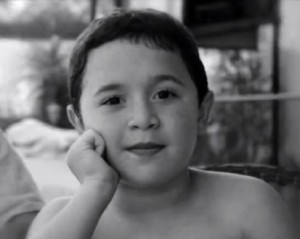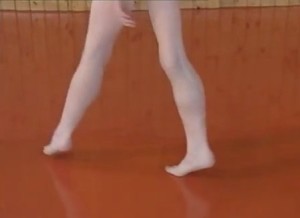What is Muscular Dystrophy ?
Muscular Dystrophy or MD refers to a genetic disease wherein the muscle fibers get easily damaged and progressively deteriorate. This condition affects both the voluntary and involuntary muscles as well as the skeletal muscles. The internal organs could be affected too. As it is hereditary, individuals suffering from this condition received a defective gene from their parents. MD causes breathing and swallowing problems as well as muscle contracture.
Treatment for Muscular Dystrophy is focused towards slowing down the progression of the disorder. There is no perfect cure for MD nor can it be prevented. Patients must be brought to a doctor for accurate diagnosis and come up with an individualized treatment plan. MG comes in various forms, some being evident even in early childhood while others develop the condition in adulthood.
Causes of Muscular Dystrophy
MD is brought forth by the mutations of different genes. A number of genes are needed in the production of proteins to protect the muscle from damage. Majority of the cases of MD is attributed to a defective dystrophin gene. Meanwhile, mutations in other genes result in other forms of MD. These genetic mutations could be either be hereditary or spontaneous.
Types of Muscular Dystrophy
MD is classified into several forms, namely:
- Myotonic MD
This form of MD can cause several medical problems like cataract, muscle weakness and cardiac problems. Myotonic MD is characterized by the difficulty of the muscles to relax.
- Becker MD
Becker MD is less severe as those afflicted by it can live without the use of wheelchairs. The symptoms often surface during adolescence or adulthood.
- Duchenne MD
Most cases of MD is Duchenne which is caused by mutations in the dystrophin gene. The disorder is often observable in early childhood and may also affect other organs in the body like the heart and lungs.
- Facioscapulohumeral MD
FSHD, which often manifests itself during adolescence or adulthood, affects the muscles in the shoulders, face and lower legs. Some people experience mild FSHD.
- Congenital
Evident at birth, congenital MD is typified by weak muscles and muscle tone. The severity and progression of CMD vary significantly in every patient, but it does cause intellectual and learning problems.
- Limb-girdle MD
LGMD is the form that affects the muscles in the shoulders, uppers arms, thighs and hips. This slow-progressing MD is evident during early childhood or adulthood.
- Distal
Another slowly progressing form, Distal MD affects the muscles in the lower legs, feet, hands and forearms.
- Emery-Dreifuss
EDMD, which occurs late in childhood or early adolescence, often affects boys. Muscle weakness is felt on the shins, upper arms and shoulders, as well as the heart.
- Oculopharyngeal
Muscle weakness is suffered in the regions involving the throat and eyes. It mostly affects mid-aged people and is slowly progressing.
Symptoms of Muscular Dystrophy
Affected individuals generally experience muscle weakness in the lower legs, making it difficult to keep balance and walk properly. Depending on the form and severity of MD, the symptoms may be present at birth or develop later in life. Some only have to endure mild symptoms and live normal lives, while others suffer from severe symptoms resulting in complete immobility and even death. As the condition progresses the muscles in the different parts of the body as well as the organs may also be affected.
Individuals should never delay medical consultation when they experience the early manifestations of muscle weakness, such as frequent falling and increased clumsiness.
Muscular Dystrophy Statistics
It is hard to determine the exact number of people suffering from the disorder because it comes in various forms. However, studies have shown that the most common form of MD, which is Duchenne, affects around 1 out of 3,500 male births a year. It should be noted that some forms of MD are gender-specific while others are not, although most of the time it is inherited.
Muscular dystrophy prognosis considerably differs in every individual, depending on the form, severity and progression of the disease. Some enjoy normal lives while others may require a wheelchair in order to move around, and other still die due to complications. Complications often surface when the muscles that support breathing are also affected. Among the complications of MD are scoliosis, mental problems, pneumonia and cardiomyopathy.
Diagnosis of Muscular Dystrophy
MD requires a comprehensive and careful diagnosis because it comes in a variety of forms and the progression and severity of a particular form of MD is different with every patient. Diagnosis of the disease involve the following:
- Physical exam
- Medical history
- CK enzyme test
- Electromyography
- Ultrasonography
- Genetic testing
- Muscle biopsy
Muscular Dystrophy treatment
MD is incurable and so the treatment is designed to help the patient manage the symptoms, prevent complications from arising and slow down the progression of the disorder. This may involve any or all of the following:
- Medications
- Therapies
- Surgical procedures
Muscular Dystrophy Pictures



